Descript AI transforms the way we approach video and audio production. It is a powerful tool that uses artificial intelligence to make editing as simple as editing a document. I find this approach makes professional-grade content creation accessible to a broader audience. This platform simplifies tasks that previously required specialized knowledge and significant time in traditional editors. We will explore how Descript AI functions, look at its real-world applications, and discuss the current trends it is driving in the media production industry.
Understanding the Core Concept: Editing by Text
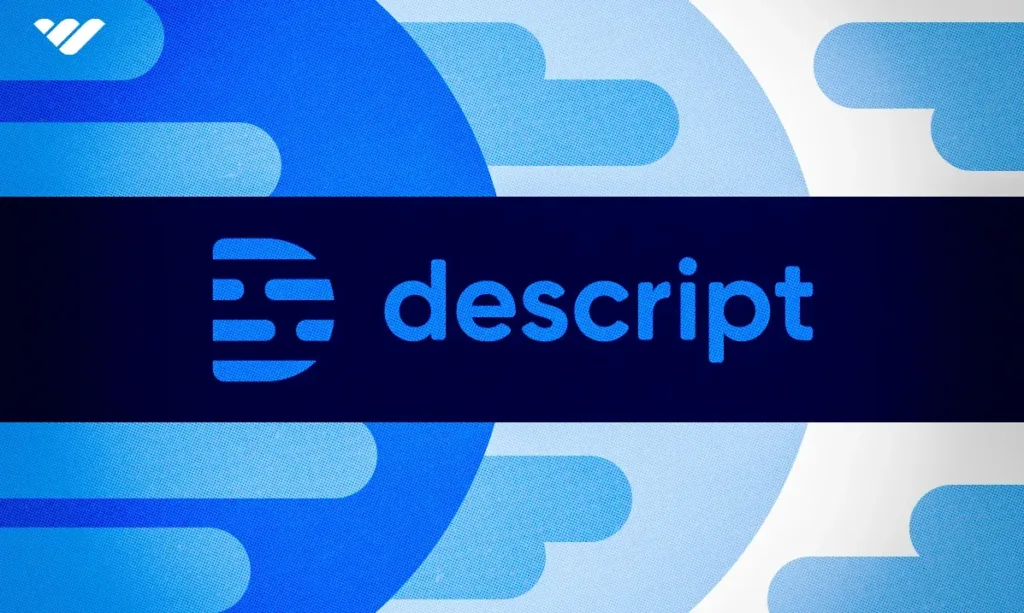
The fundamental idea behind Descript AI is the ‘Docs-like’ editing interface. When I upload a video or audio file, the software automatically transcribes the content. This is not just a standard transcription. The platform links the text directly to the corresponding media timestamp.
- Transcription: The software turns speech into text quickly.
- Text-Based Editing: I can delete a sentence in the transcript, and the corresponding audio or video segment is instantly removed.
- Non-Destructive Workflow: The original files remain untouched; edits are applied by the software.
This simple concept dramatically changes the editing workflow. It makes identifying and removing filler words, long pauses, and mistakes much faster than traditional timeline editing.
Key Features Driving Descript AI’s Efficiency
Descript AI offers a suite of features that leverage AI to enhance productivity for various creators, from podcasters to video marketers.
1. Automated Transcription and Correction
The platform provides highly accurate transcription. I can quickly correct any minor errors directly in the text. This feature is crucial for creating accurate captions and subtitles, which improves content accessibility and search engine optimization. For creators focused on text-based content and SEO, this automatic transcription offers significant value.
2. Overdub: Cloning Your Voice
Overdub is one of the most powerful and unique features of Descript AI. It allows me to create a synthetic version of my own voice.
- How it Works: I record a training set of my voice for the AI model.
- Application: If I misspeak or need to add a new phrase in the middle of a recording, I do not need to re-record the audio. I type the new text, and Overdub generates the audio in my voice. This saves substantial time in post-production.
The ethical use of this technology is important. The platform requires a voice-verification step to ensure only I can use my voice clone.
3. Studio Sound: Professional Audio Cleanup
Poor audio quality often distracts viewers or listeners. Descript AI includes a feature called Studio Sound. I can click a single button, and the AI works to remove background noise, echo, and other acoustic imperfections. The result is clear, broadcast-quality audio. This makes high-quality production accessible even if I record in a less-than-ideal environment.
4. AI Screen Recorder
Descript AI also offers a built-in screen recorder. I can record my screen, my webcam, and my microphone simultaneously. After recording, the content is automatically transcribed, making it immediately ready for text-based editing. This streamlines the creation process for tutorials, software demonstrations, and internal training videos.
Real-World Applications of Descript AI
The simplicity and power of Descript AI have led to its adoption across several industries and use cases.
- Podcasting: I can easily splice together interviews, remove “ums” and “ahs,” and ensure the conversation flows naturally. The automatic transcription also makes generating show notes straightforward. For podcasters looking for tools, I recommend checking out our analysis of alternatives like Suna AI: A Strong Manus AI Alternative.
- Video Content (YouTubers & Educators): I use the software to edit long-form videos quickly. I can focus on the message instead of the timeline. The ability to automatically generate captions also helps with compliance and reach. For general AI tools that help with content creation, exploring resources like 5 Best AI Homework Helper Tools for Students can provide complementary solutions.
- Business Communication: Companies use it for internal communications. Creating polished, professional video messages or presentations is faster. The transcription feature can be used to generate meeting minutes from recorded sessions.
Current Trends in AI Editing Driven by Descript AI
Descript AI is not just following trends; it is setting them. It represents a major shift in how we think about content editing.
1. The Democratization of Media Production
The platform removes the high barrier to entry associated with traditional video editing suites. I do not need to master complex software. This trend is empowering solo creators and small teams to produce professional content with fewer resources. This focus on ease-of-use mirrors the goal of other cutting-edge AI tools.
2. Focus on Content Over Production
By automating tedious tasks like trimming and transcription, the tool allows creators to spend more time focusing on the quality of the content and the message. I can concentrate on the script, the story, and the visual elements, knowing the technical cleanup is handled by AI.
3. The Rise of Synthetic Media and Ethical Considerations
Features like Overdub highlight the growing trend of synthetic media. While incredibly useful for efficiency, this technology requires careful consideration of its ethical use. The development of deepfake detection and responsible usage guidelines is an important topic. Information on government and official bodies’ perspectives on AI ethics can be found on sites such as the National Institute of Standards and Technology (NIST) (external link to a government site).
Comparing Descript AI to Traditional Editing Methods
I often get questions about how Descript AI compares to established tools like Adobe Premiere Pro. They serve different purposes.
| Feature | Descript AI | Traditional Editors (e.g., Premiere Pro) |
| Editing Interface | Text-based document | Timeline-based tracks |
| Primary Goal | Speed and ease of use (especially for dialogue) | High-level control over every visual and audio element |
| Transcription | Automatic and integrated | Manual or requires third-party tools |
| AI Features (Voice) | Overdub (AI voice generation) | Requires specialized, external plugins |
| Best For | Podcasts, YouTube, interviews, quick edits, screen recordings | Feature films, advanced visual effects, detailed color grading |
For creators who primarily deal with spoken-word content, Descript AI offers a clear advantage in speed and workflow. Traditional editors remain the gold standard for complex visual work.
Getting Started with Descript AI
For beginners interested in trying this new method of editing, Descript AI offers different service tiers. I can explore a free version to test the core functionality, which is excellent for learning the basics without commitment.
- Free Version: I can test the text-based editing and a limited amount of Overdub minutes.
- Pro/Paid Versions: These unlock unlimited transcription, full access to Overdub, and more advanced features necessary for professional, high-volume work.
As you explore AI tools, you might be interested in seeing how other powerful AI agents are being used in professional settings, which is detailed in our article on Manus AI Agents.
Conclusion: The Future of Editing is Text
Descript AI represents a significant step forward in content creation technology. By simplifying complex editing tasks into an intuitive, text-based workflow, it empowers a new generation of creators. I believe that as AI continues to evolve, we will see even more automation in the production process, allowing us to focus on creativity and connection with our audiences. The Descript AI model shows that the most powerful tools are often the ones that are the easiest to use.

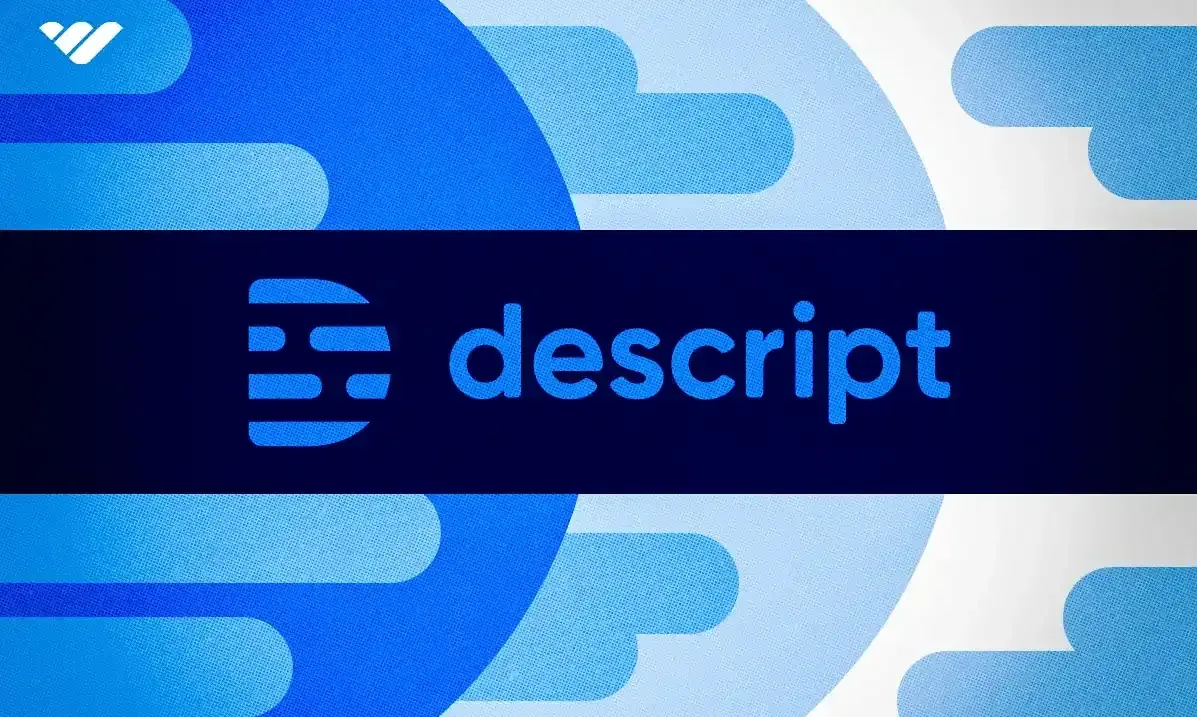
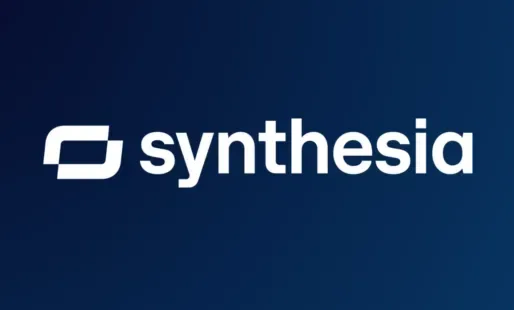
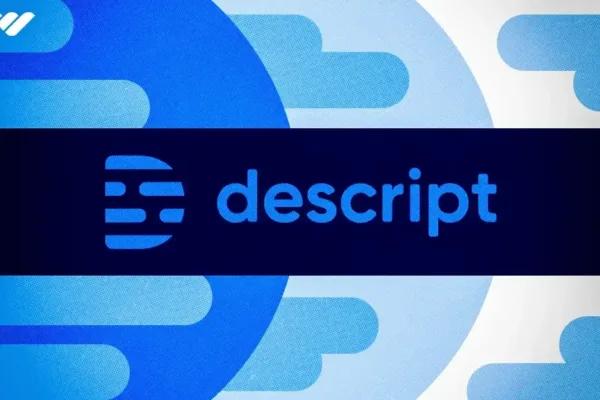
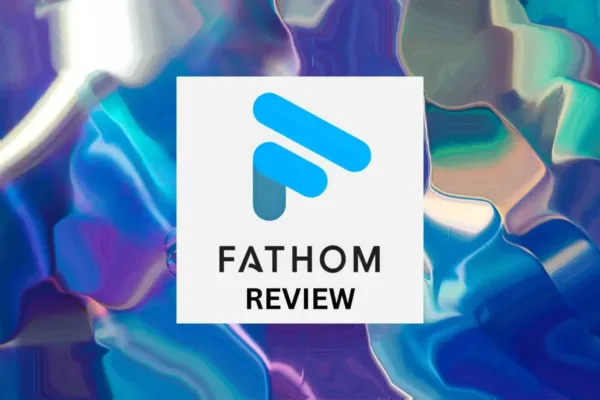
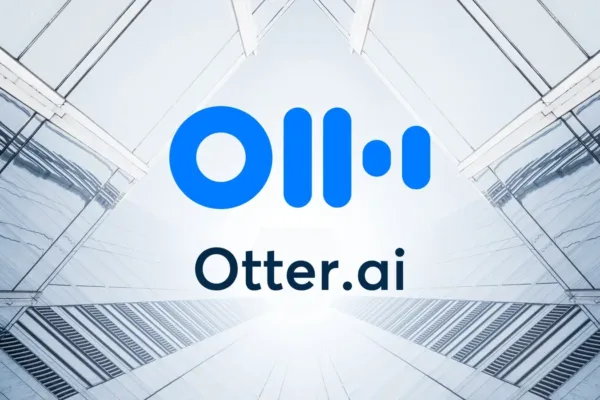
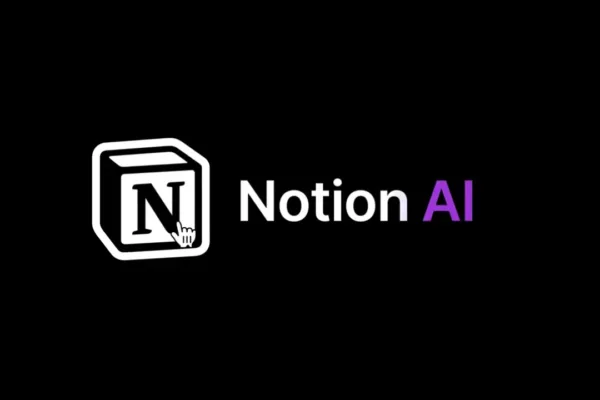
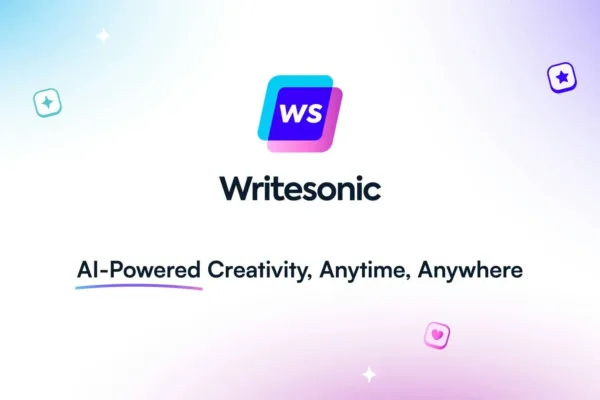

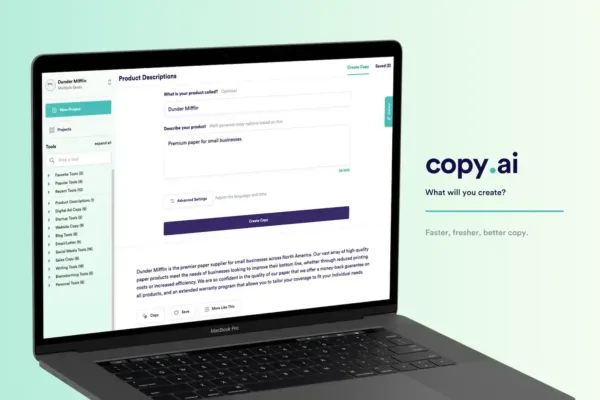
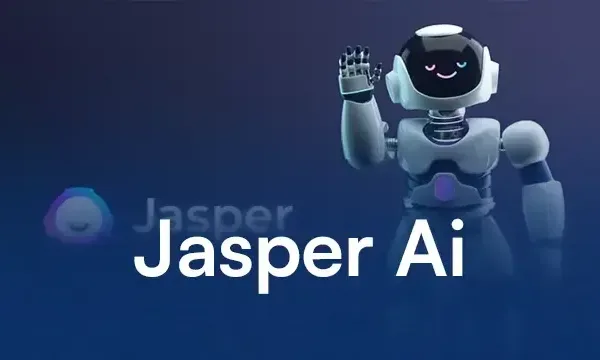
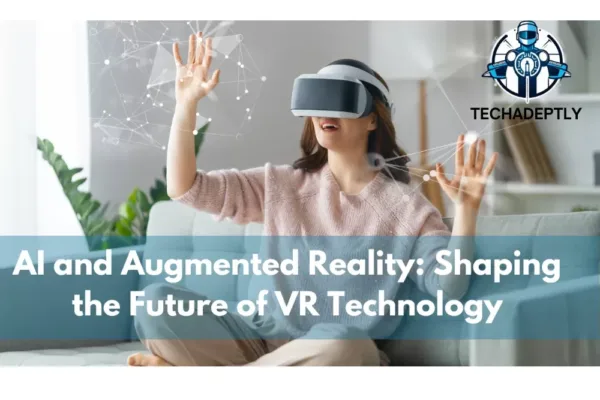
One thought on “AI and Augmented Reality: Merging AI with VR for Smarter, Immersive Experiences”